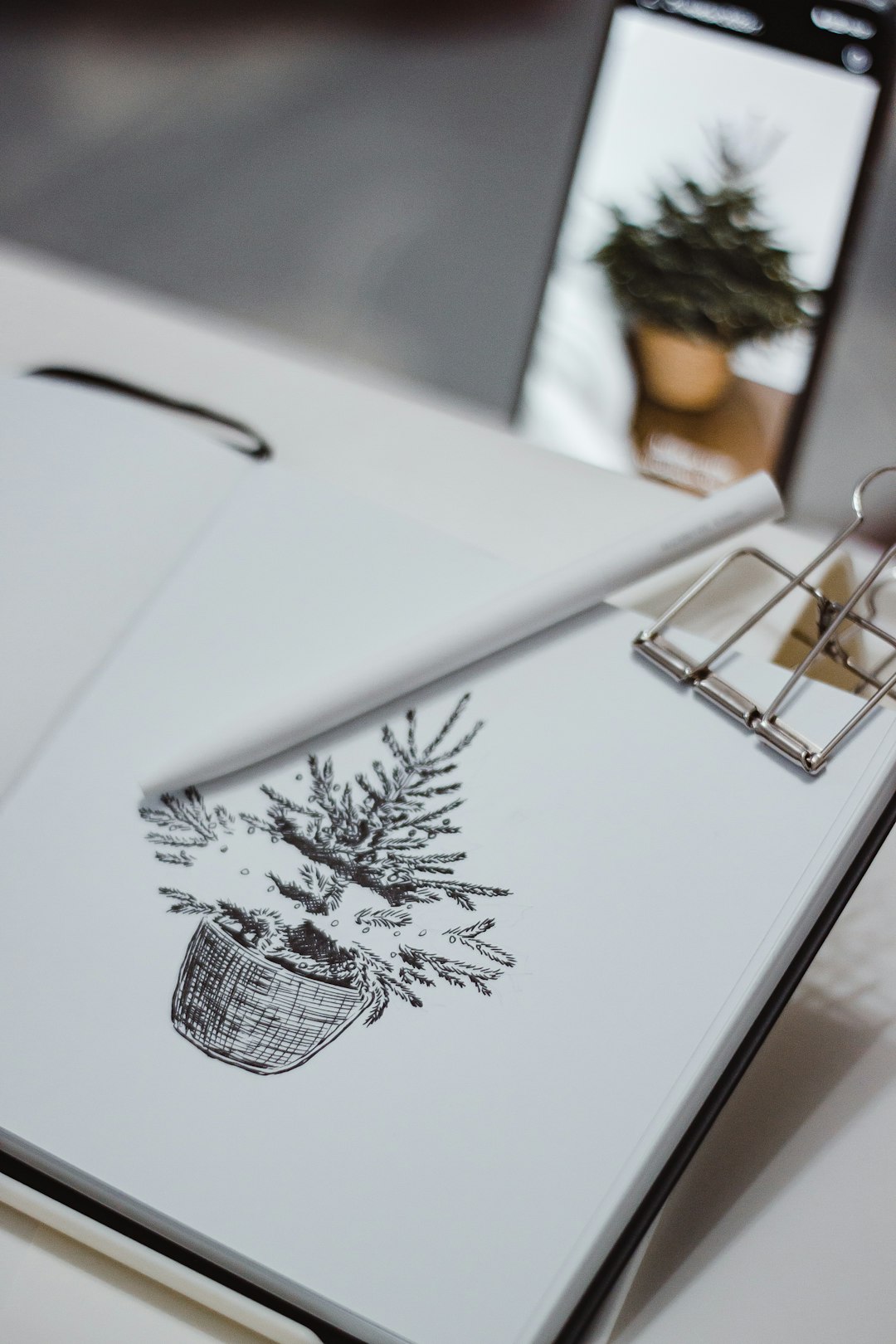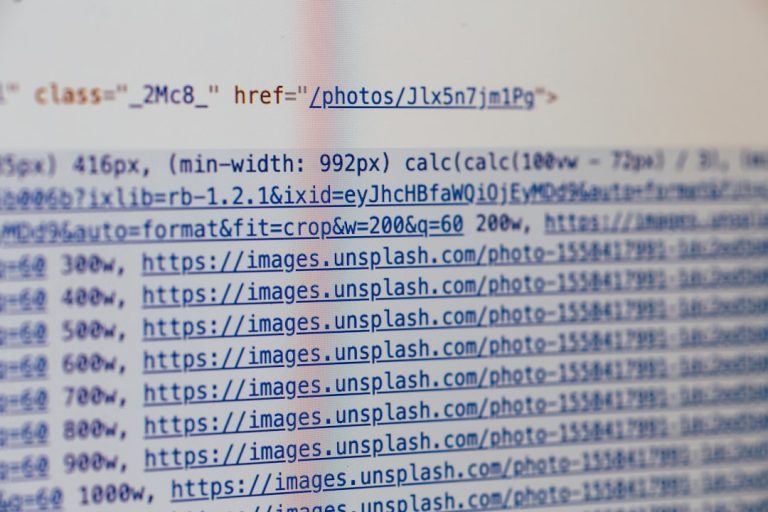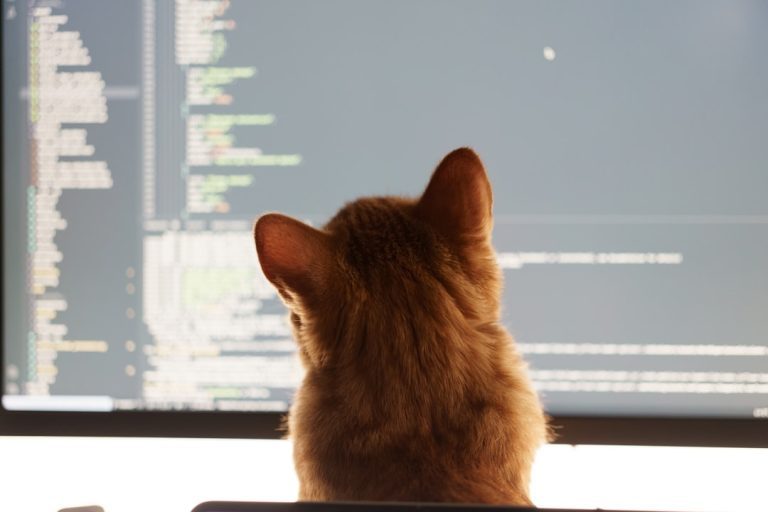Creating engaging and visually inspired outputs from AI like ChatGPT has rapidly evolved thanks to multimodal capabilities. One of the most interesting of these advancements is the ability to generate visual content using detailed prompts, often referred to as “image prompts.” These prompts instruct AI models like DALL·E (a visual sibling of ChatGPT) to render images from textual input. However, to produce accurate and compelling results, users must understand how to craft effective and specific image prompts.
TL;DR
Effective image prompts for ChatGPT or similar AI models rely on clarity, specificity, and a logical structure. The more context and fine-detail you provide in your prompt, the more refined the AI-generated image will be. Avoid vague or overly complex language, and instead apply simple descriptors, consistent logic, and an understanding of visual composition. This article explores the strategies and considerations necessary to master the art of writing high-performing image prompts.
Understanding What an Image Prompt Is
In the context of AI-driven content generation, an image prompt is a carefully worded textual description that guides the AI in creating visual art or renders. These descriptions can range from simple nouns to intricate scenes with color palettes, composition details, and stylistic cues.
An example of a basic image prompt might be:
“A mountain landscape during sunset, with a river in the foreground and pine trees along the banks.”
This gives the AI a starting point. However, more descriptive prompts like the following can lead to even better results:
“A photorealistic depiction of a serene alpine landscape at golden hour, with a clear river winding through dense pine forests and snowcapped peaks glowing orange under the sunset light.”
The difference lies in the details—descriptive language helps guide the AI more effectively.
Key Principles of Effective Image Prompting
To ensure a successful image outcome, users should focus on the following key elements:
- Clarity: Use clear, direct language. Avoid ambiguity and redundant terms.
- Specificity: Detail colors, lighting, styles, perspectives, and subject matter as precisely as possible.
- Prioritization: Place the most important elements first in the prompt. This tells the AI which details to emphasize.
- Style Guidance: Mention if you want a certain artistic style, e.g., “comic book style,” “oil painting,” or “cyberpunk aesthetic.”
- Logical Flow: Use logical sentence structures and avoid contradictory phrases like “nighttime sunlight.”
Categories of Descriptions to Consider
A well-rounded image prompt touches on several descriptive categories. These include:
- Subject: What is the central object or character?
- Environment: Is it indoors, outdoors, underwater, in space, etc.?
- Color Palette: Do you want it vibrant, dark, pastel, monochromatic?
- Lighting: Describe the time of day, light sources, and shadow behavior.
- Perspective & Angle: Should the view be aerial, close-up, side view?
- Artistic Style: Fine art, abstract, anime, digital, 3D render, etc.
By covering these aspects in a prompt, you can craft a well-defined visual concept that is easier for the AI to interpret.
Examples of Well-Crafted Prompts
Below are some examples showing how better structure and detail lead to superior results:
Poor Prompt: “A cat with a hat.”
Improved Prompt: “A fluffy orange tabby cat wearing a tiny blue cowboy hat, sitting on a sunlit porch in front of a wooden fence.”
Poor Prompt: “City at night.”
Improved Prompt: “A futuristic cyberpunk city at night with neon-lit skyscrapers, flying cars, and a glowing digital billboard displaying animated ads in Japanese.”

Common Mistakes to Avoid
Even with good intentions, many users fall into several prompt crafting pitfalls. The most frequent ones include:
- Using overly abstract or poetic language: Phrases like “the soul of the universe” are hard for AI to convert into images.
- Contradictory descriptors: Don’t include elements that cancel each other out, like “a full moon in daytime.”
- Overloading with elements: Trying to include 15 distinct visuals often results in a cluttered and confused image.
- Lack of visual context: Leaving key environmental or spatial cues out will result in random compositions.
Iterating for Better Results
One image prompt might not achieve perfection on the first attempt. It’s common practice to iterate by slightly tweaking the prompt for improved outcomes. Minor modifications such as shifting the order of elements, adding stylistic instructions, or changing the lighting condition can dramatically impact the result.
It’s also helpful to maintain a prompt journal where previous iterations and their outputs are noted for reference and refinement.

Practical Tools and Tips
Aside from writing better prompts, users can benefit from tools and best practices that enhance the creative process:
- Thesaurus Use: Use specific nouns and adjectives that replace generic ones for more detailed depictions.
- Style Libraries: Refer to art style libraries or visual references to learn terminology.
- Visualization First: Mentally picture the image before writing the prompt. This helps with descriptive consistency.
Some AI platforms and image generation tools use modifiers or tags that improve results dramatically. For example, tags like “hyper-detailed,” “4K resolution,” or “digital painting” can add depth and quality to the outcome.
Conclusion
Crafting effective image prompts for AI platforms like ChatGPT is a blend of artistry and instruction. The more concretely you communicate your visual vision, the easier it is for AI to recreate it. By incorporating clarity, specificity, and a structured approach, users can significantly elevate the quality of their generated visuals. Like any skill, mastering prompt writing takes practice—but with patience and the right techniques, the process becomes intuitive and highly rewarding.
Frequently Asked Questions (FAQ)
-
What is an image prompt in ChatGPT?
An image prompt is a text-based description that instructs an AI to generate a visual image. -
Can ChatGPT create actual images from prompts?
While ChatGPT can formulate prompts, image generation is usually handled by companion models like DALL·E. -
What happens if a prompt is too vague?
Vague prompts can result in unpredictable or generic outputs that may not match your expectations. -
How specific should I be in my prompt?
The more specific, the better. Use detailed, descriptive language and include key details about style, composition, and color. -
Is it possible to specify art styles?
Yes. Prompting models often understand stylistic cues like “oil painting,” “digital art,” or “pencil sketch.”


